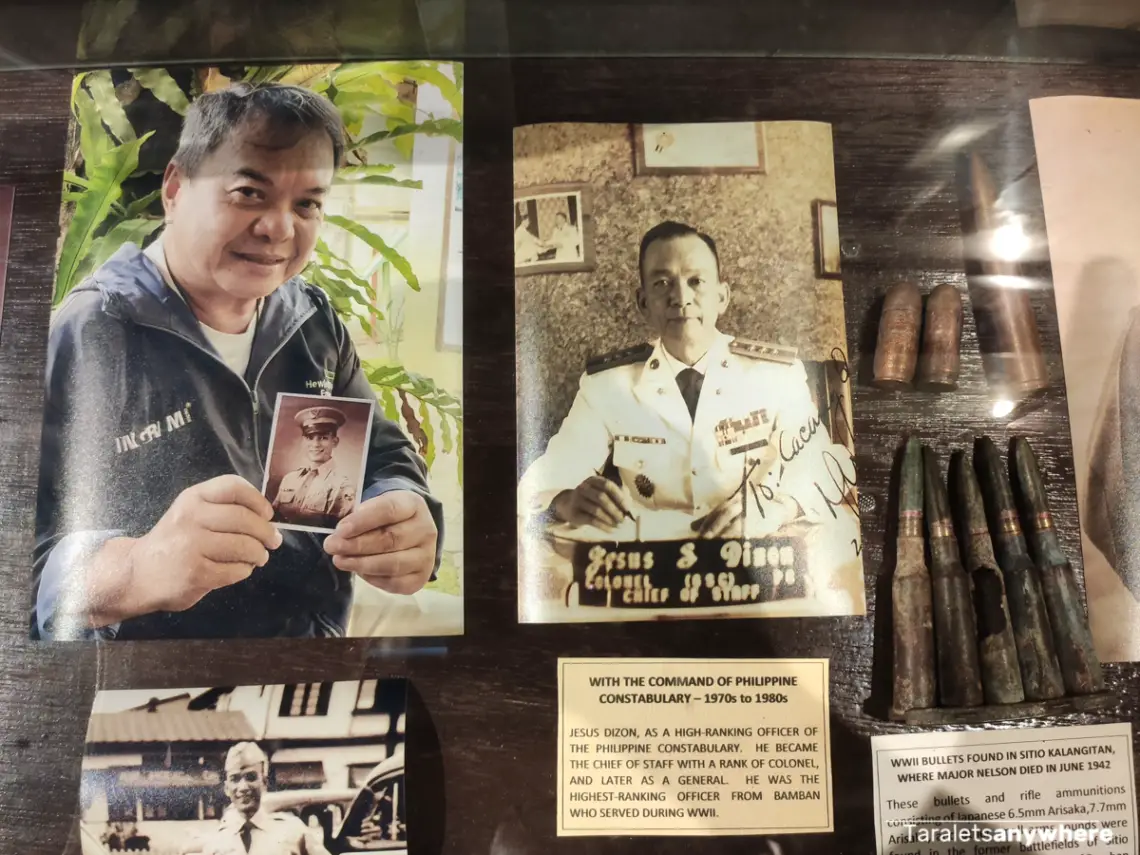
Philippines WW2 Historical Tour: A Look Back At Bataan Death March
It’s often said, “Those who do not learn history are doomed to repeat it.” This lesson is especially important for us Filipinos. Learning about our history gives us an understanding of our society and also educates us about the mistakes in the past that we shouldn’t repeat in the present and future.
Recently, I was invited to a WW2 Historical Tour across Bataan, Pampanga, and Tarlac by DOT Region 3. This tour took us back to the Bataan Death March in 1942.
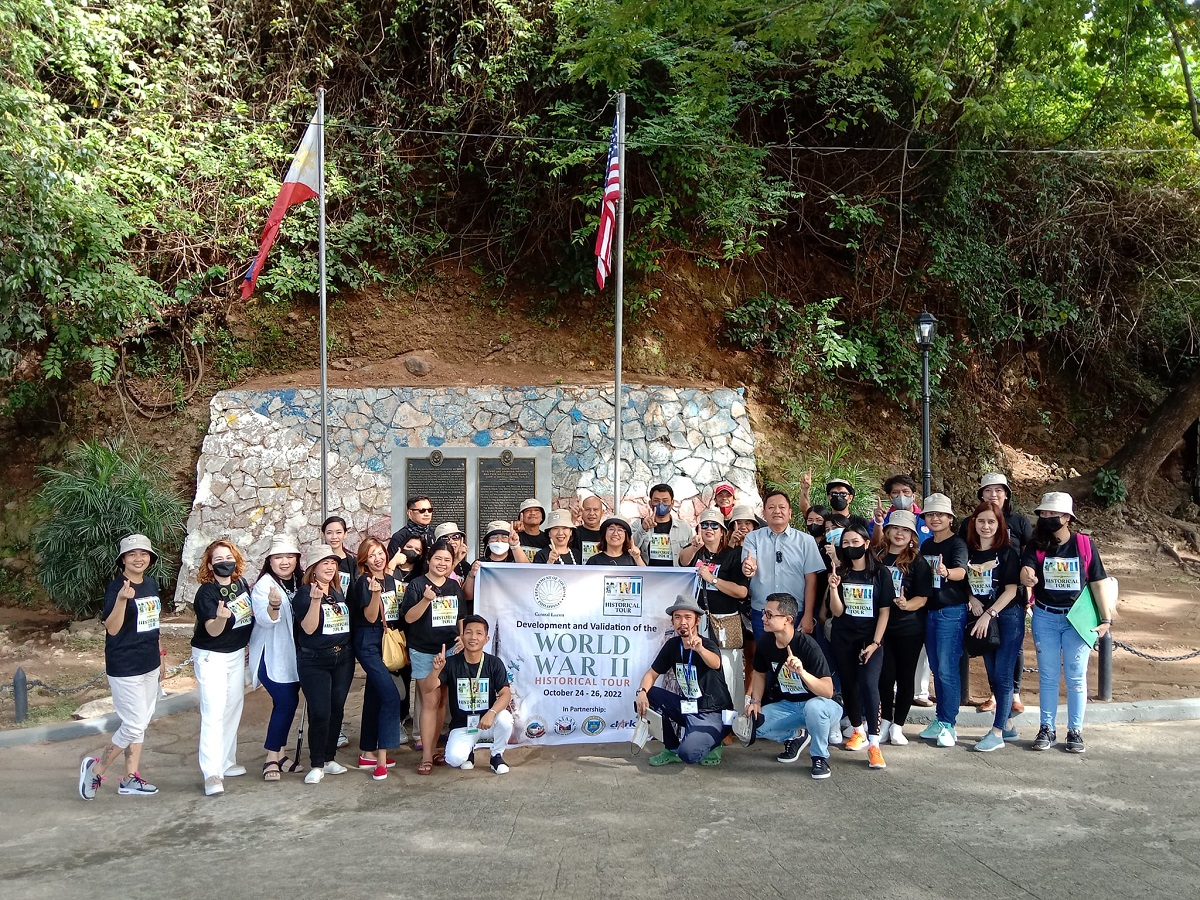
Personally, I liked studying about history. It was one of my favorite subjects in college. Over the past years, my interest has dwindled for various reasons. This tour reminded me of what I liked about it — discovering the strength, kindness, and bravery of the Filipinos.
This tour is perfect for those who have personal connections to people who served in the war, to students who are learning about our country, and of course history buffs who can benefit from stories that you’d be hard-pressed to find in history books.
Contents
Bataan Death March
The Bataan Death March is one of the darkest pieces of history in the Philippines.
During WW2, the Japanese invaded the country. In 1942, Filipino and American soldiers suffered losses all over Luzon and then flocked to Bataan for its last stand against the Japanese imperial army. Bataan eventually fell. The Japanese then transferred the captured 76,000 Filipino and American prisoners of war from Bataan to the prison camps in Tarlac in what is known as the Bataan Death March.
The journey was in three parts:
- Bataan to Pampanga (160 km on foot)
- Pampanga to Tarlac (40 km by train)
- Tarlac to Camp O’Donell (14 km on foot)
Although there is no official tally, historians say that around 20,000 to 30,000 prisoners of war died from fatigue, starvation, and cruel treatment of the Japanese soldiers.
In 1944, General Douglas MacArthur returned to the Philippines and recaptured Bataan. Afterwards, Manila was liberated. The Japanese commander and his officers who were responsible for the march were tried and executed for their war crimes.
Pit Stops During the WW2 Historal Tour
Here are the places we visited during the tour.
Bataan Tourism Center
We started the WW2 Historical Tour at Bataan Tourism Center. This building features a museum room with a diorama portraying the peaceful life of the Filipinos to the events of the Bataan Death March.
The life-sized figures displayed in the diorama were created using paper mache by the Bataan Artist Society.
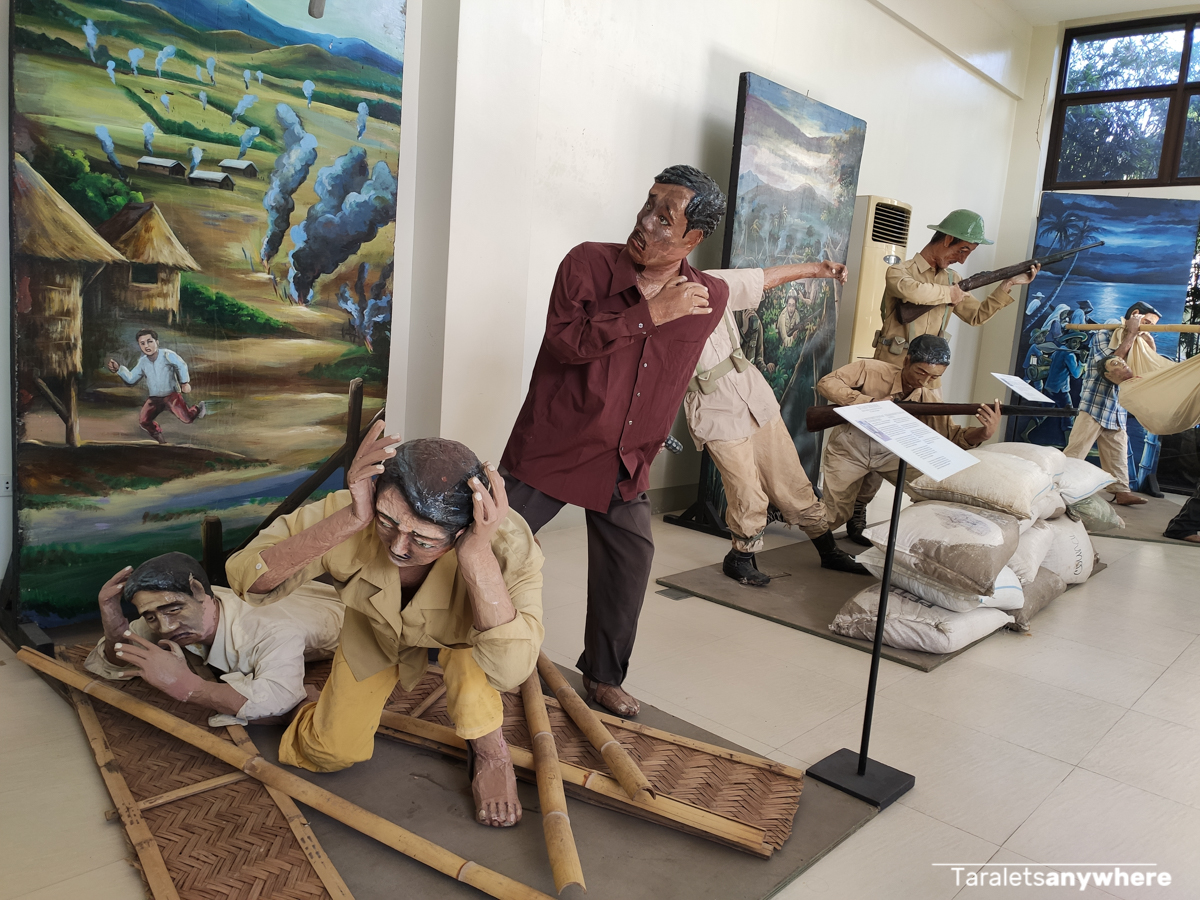
The tourism center also has a pasalubong center where you can buy snacks and locally made products in Bataan.
Mt. Samat Shrine of Valor
Also called “Dambana ng Kagitingan,” Mt. Samat Shrine is a memorial shrine complex built to commemorate the bravery of Filipinos and Americans who defended the freedom of the country.
Mount Samat is an important part of the WW2 History. It was the last stronghold in the Battle of Bataan. After 3 months of battle, this province fell and Major General Edward King surrendered to the Japanese. They were then led to the death march.
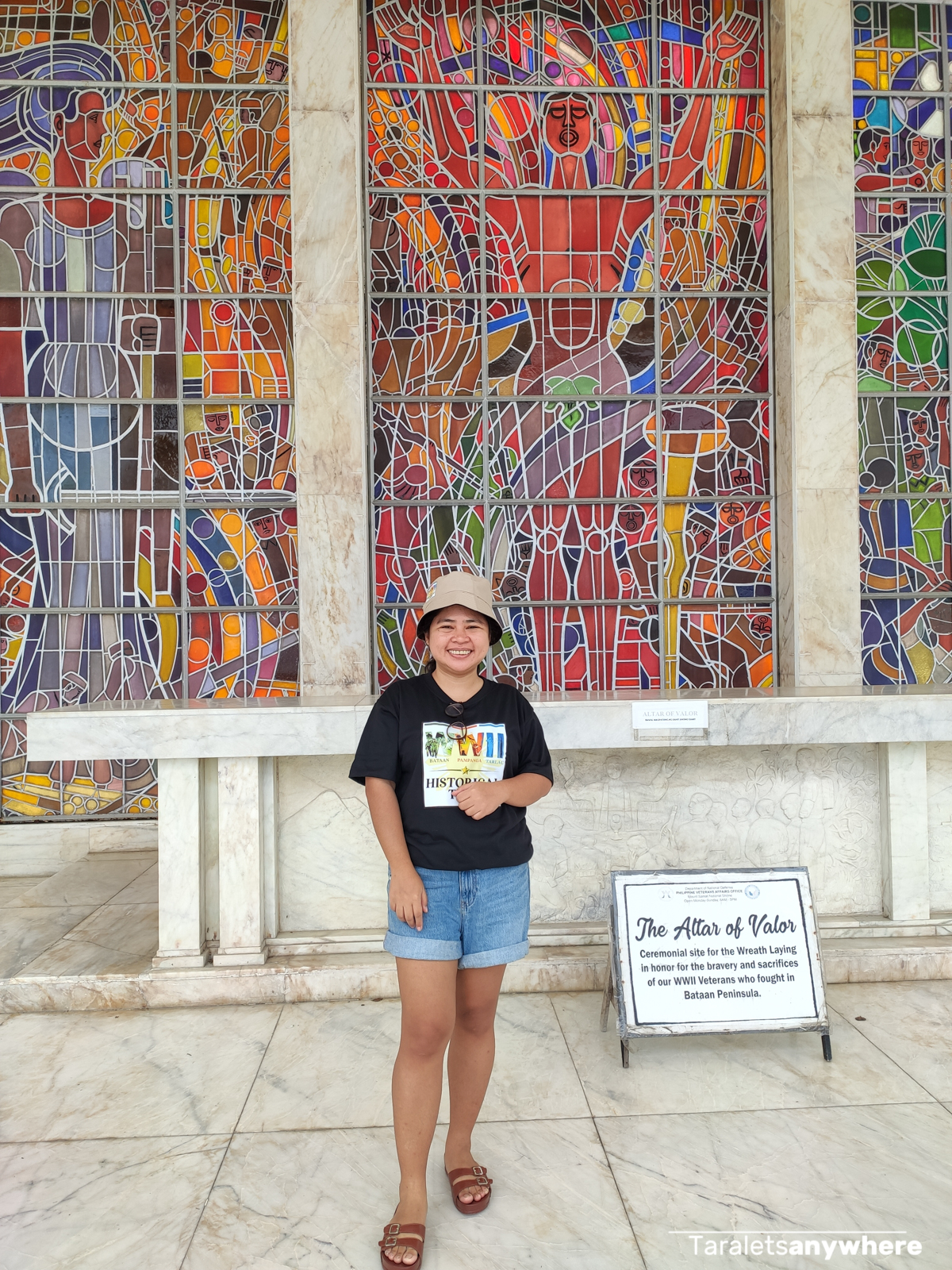
Once we arrived here, we climbed a set of stairs to the colonnade. Here we saw the shrine and tablets with narrative about the Battle of Bataan.
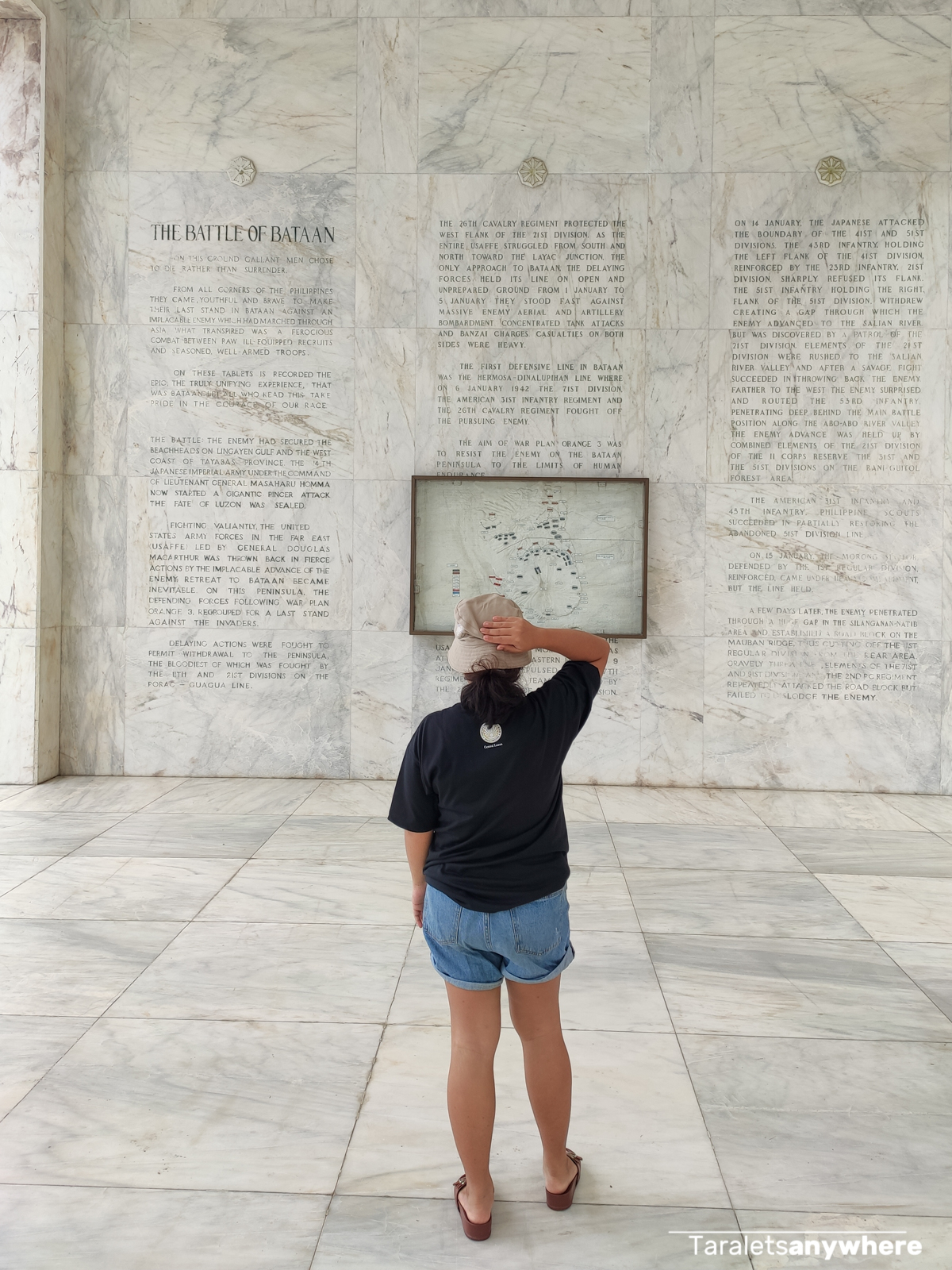
The Battle of Bataan narration was very moving, with a strong theme of nationalism. It ends with this:
Let friend and foe recognize the martial spirit that defeat could not break. To the memory of these brave warriors whose blood soaked every rock of this land so that this nation might endure, this humble shrine is consecrated.
Our mission is to remember.
There is also Monument Cross erected at the highest point of the mountain. There is an elevator that leads up to the viewing gallery at the cross’s arm. However, as of our visit, this part is only open to selected visitors. Aside from the cross, there is also a WW2 Museum attached to the colonnade.
Bataan 0 KM Death March Marker
There is a total of 138 obelisks or markers that follow the path of the march across Bataan, Pampanga, and Tarlac. There are 2 markers in Bataan that serve as starting points: one is in the coastal town of Bagac, and the other in Mariveles.
We visited the Bataan 0 km Death March Marker in Mariveles.
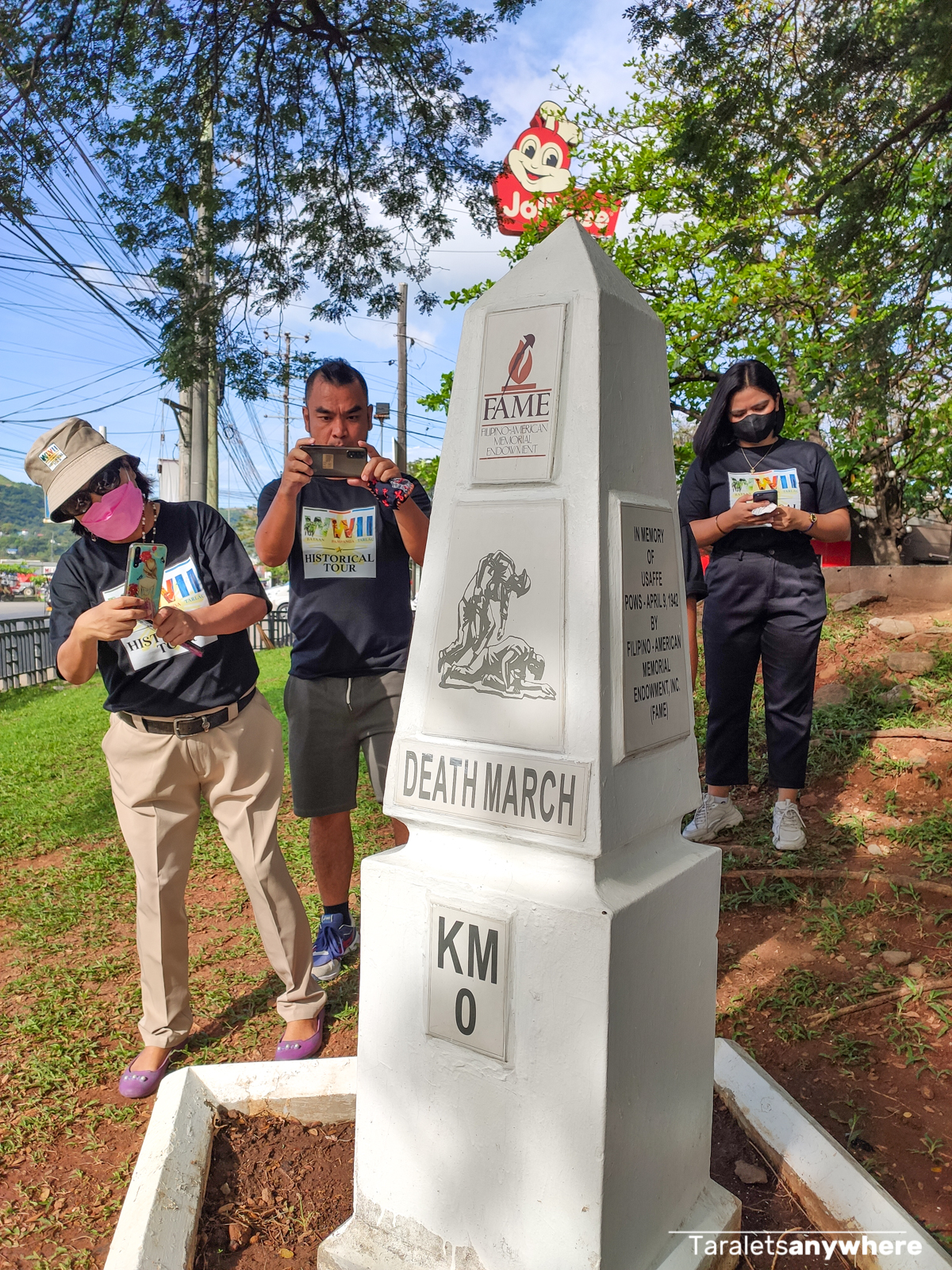
From here, prisoners of war were forced to march for over 100 km without food or water to San Fernando, Pampanga.
San Fernando Old Train Station
This train station in San Fernando, Pampanga, is where the Japanese imperial army loaded the remaining prisoners of wars into bagon (compartments for sugar cargoes) for transfer to Tarlac. The bagons were packed to the brim, and so many were crushed or suffocated.
Here, our guide toured us across the tableau of soldiers, various period artefacts, and an old part of the railway.
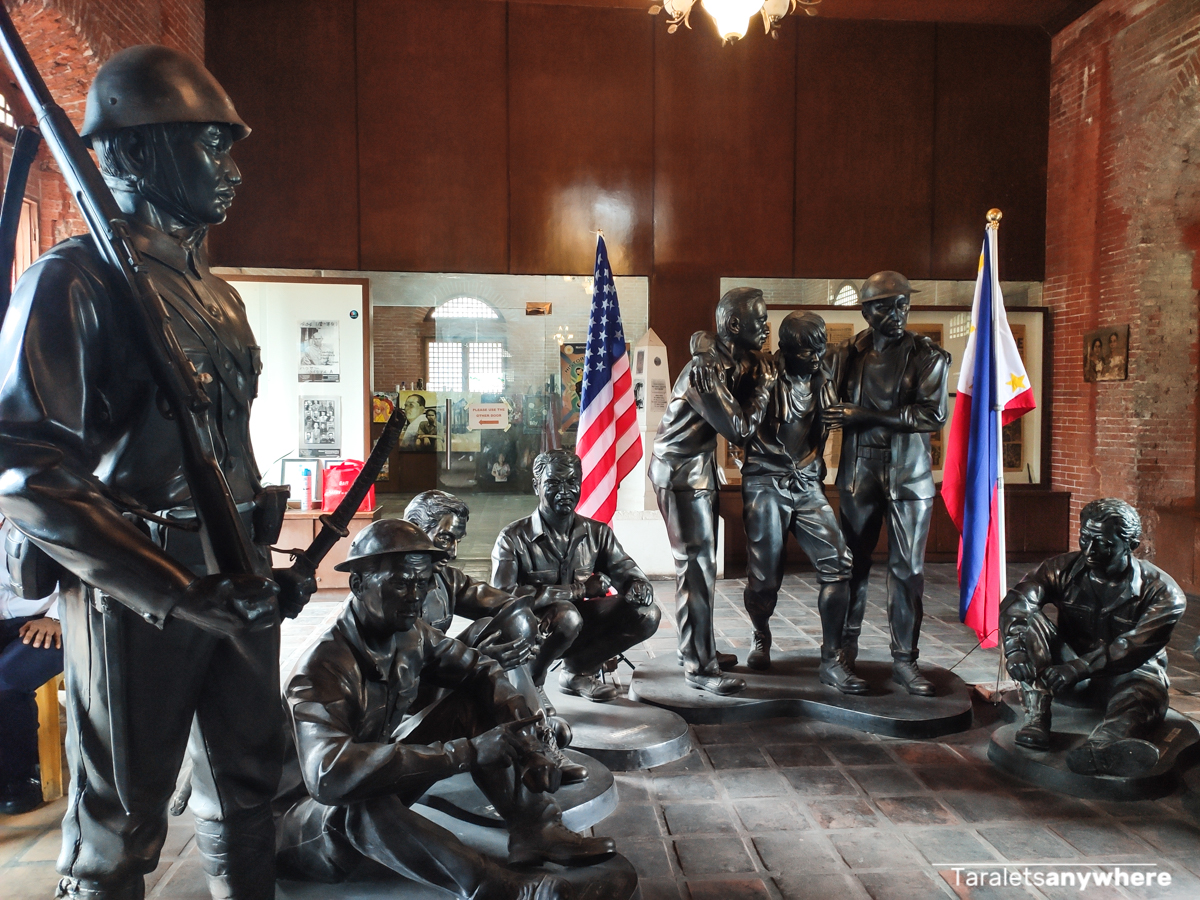
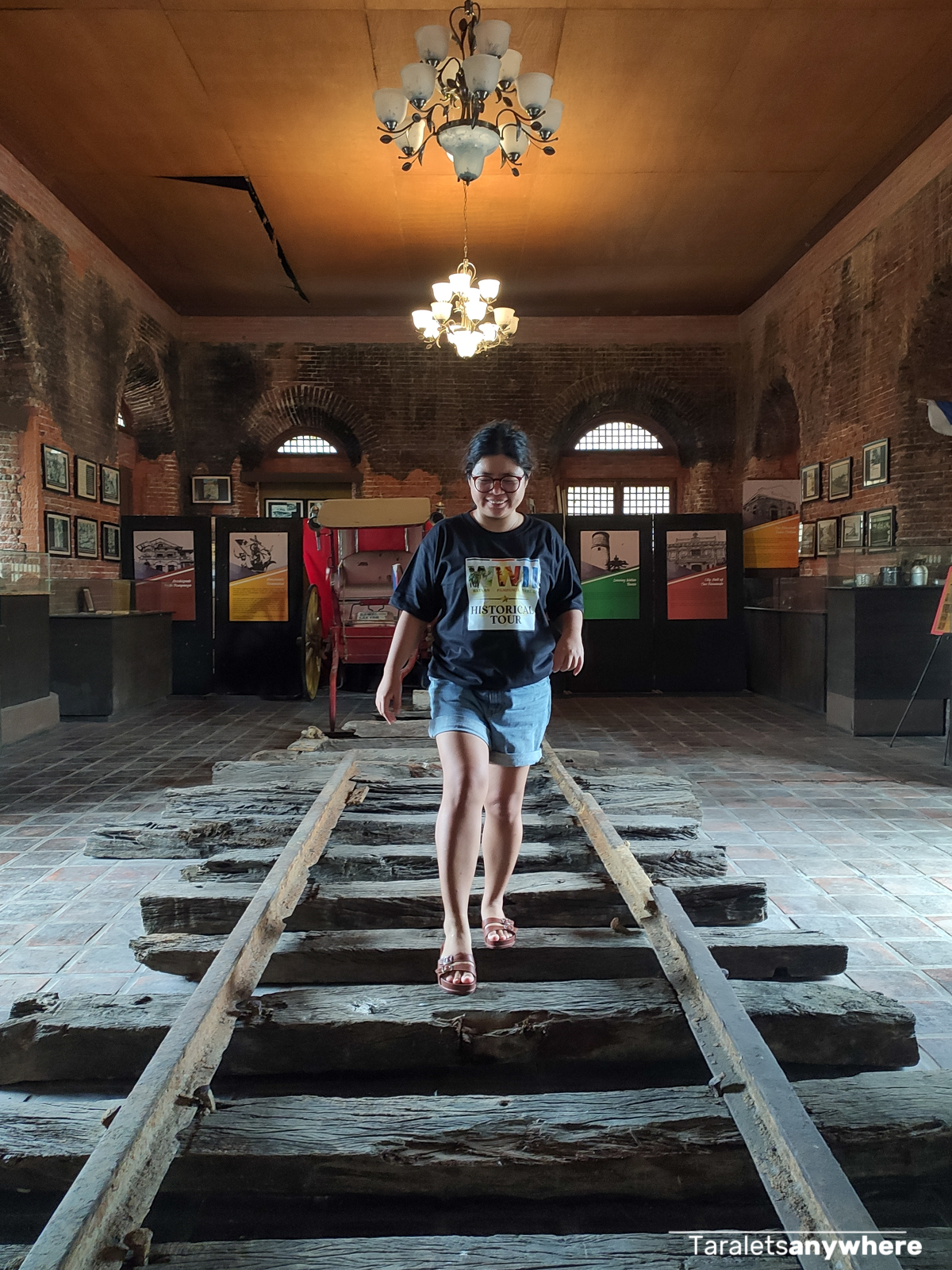
There is also a death march marker outside for the 102 km distance.
Museo ning Angeles
Museo ning Angeles is a small museum in Angeles City, Pampanga. It mainly showcases the history of the city, but it also holds important memorabilia about the Bataan Death March. This includes a drawing of a local named Daniel Dizon, who as an 11-year-old boy joined other locals in throwing food to the passing prison trains and trucks, thereby saving a lot of prisoners of war from starvation.
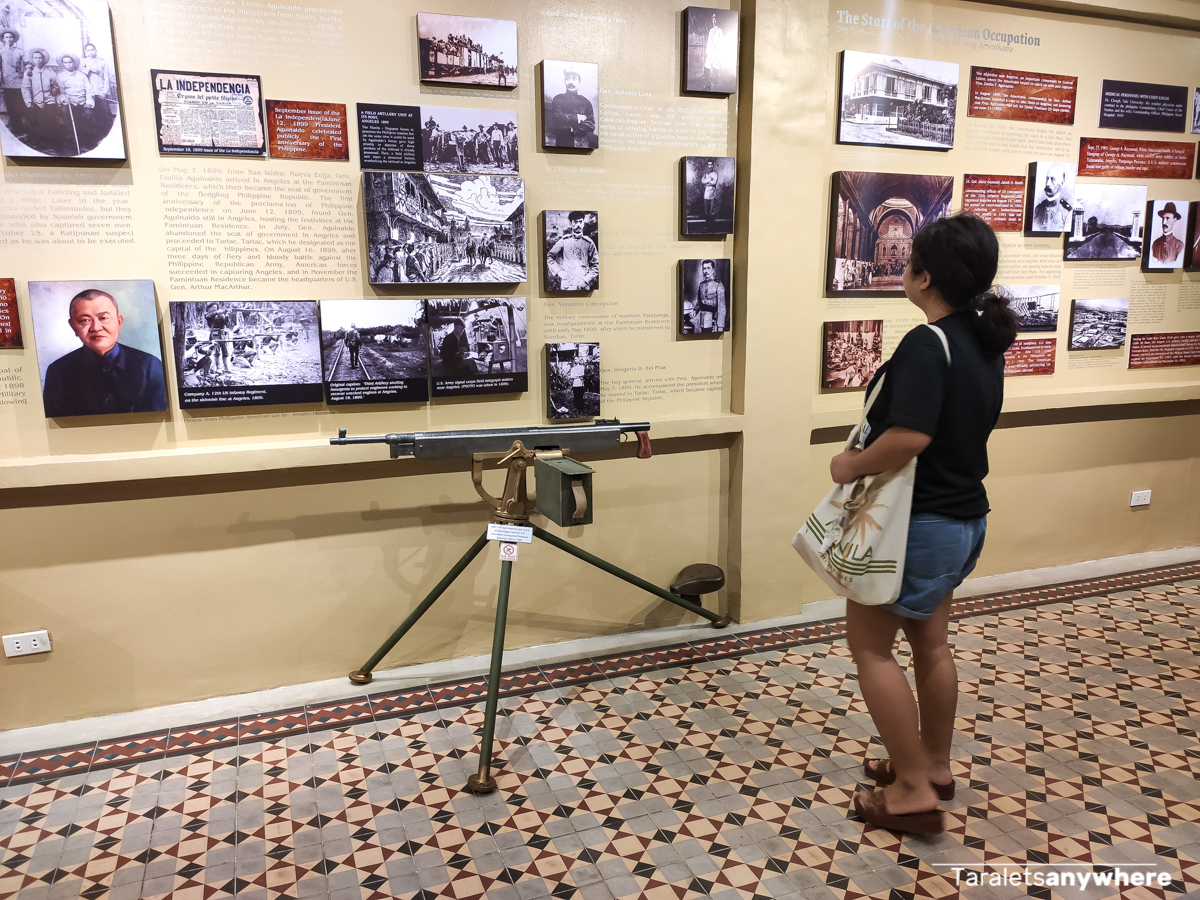
This is one of my favorite stops in our WW2 Historical Tour. The displays were interesting and our museum guide was very enthusiastic and knowledgeable.
It was also a needed breather from the other places we’ve visited. After the museum tour, we went to Café Museo on the second floor where we enjoyed hot cups of tsokolate batirol and plates of bibingka and puto bumbong. The café has traditional large windows that overlook the 140-year-old Holy Rosary Parish church across the street.
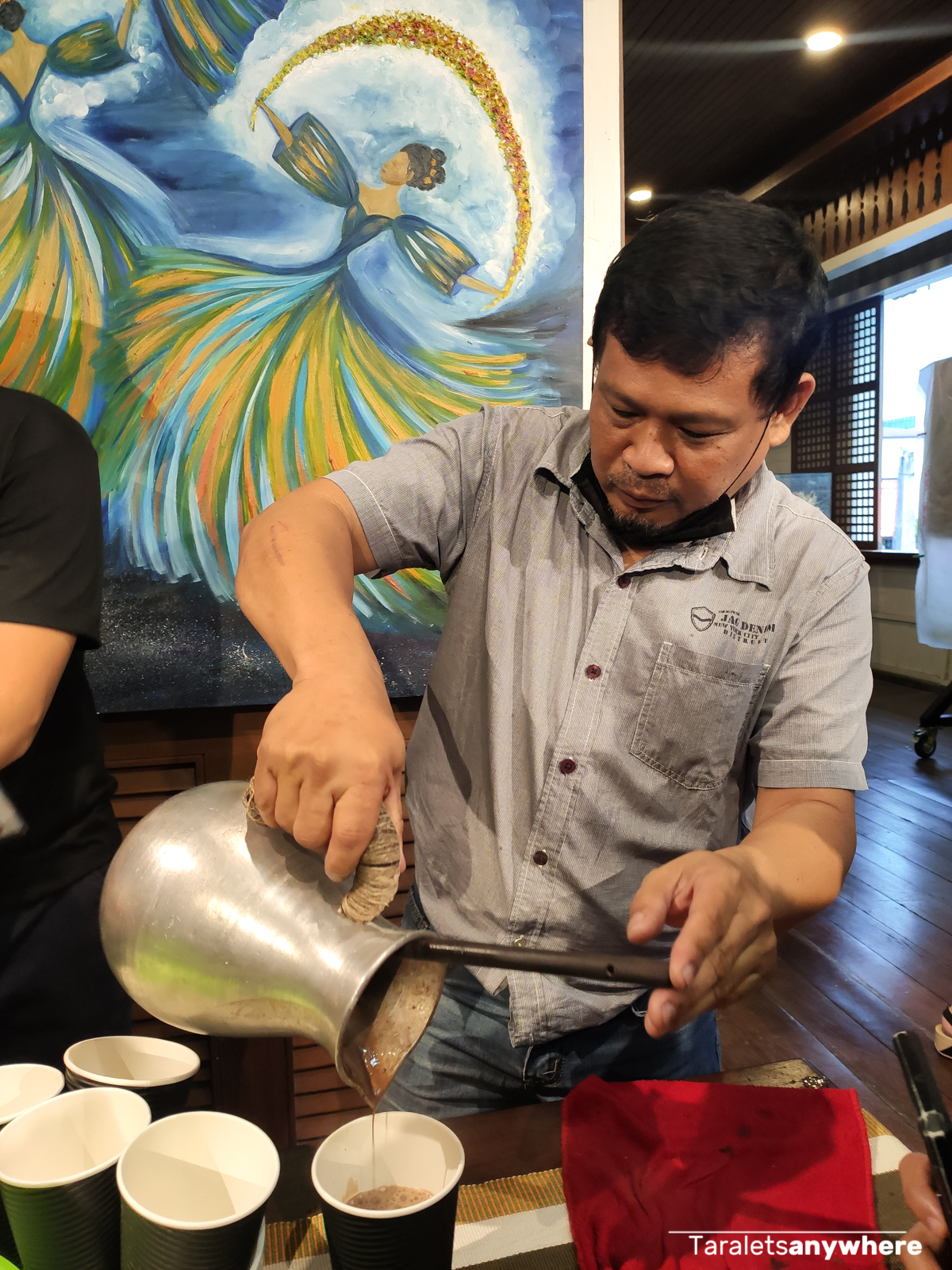
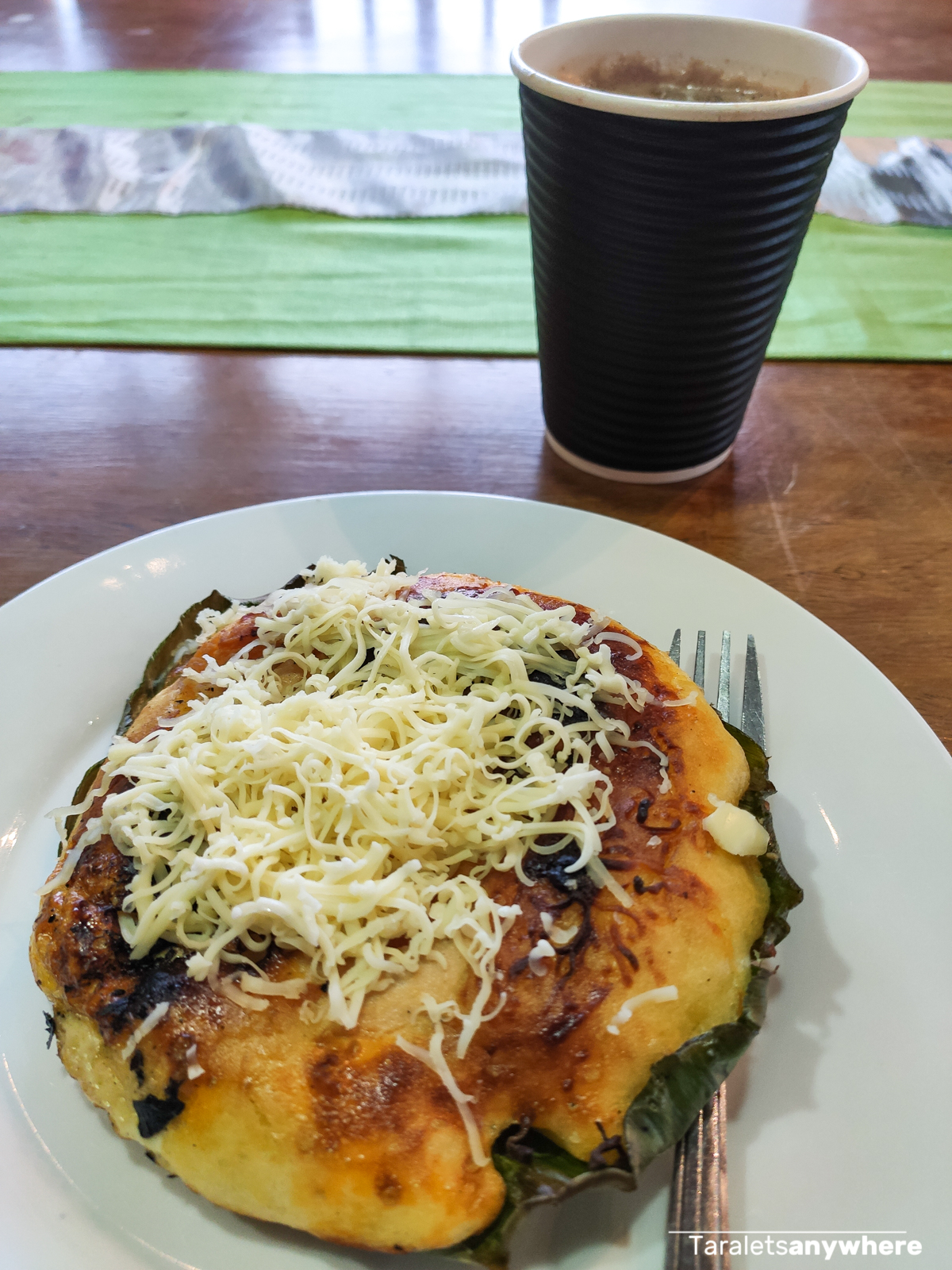
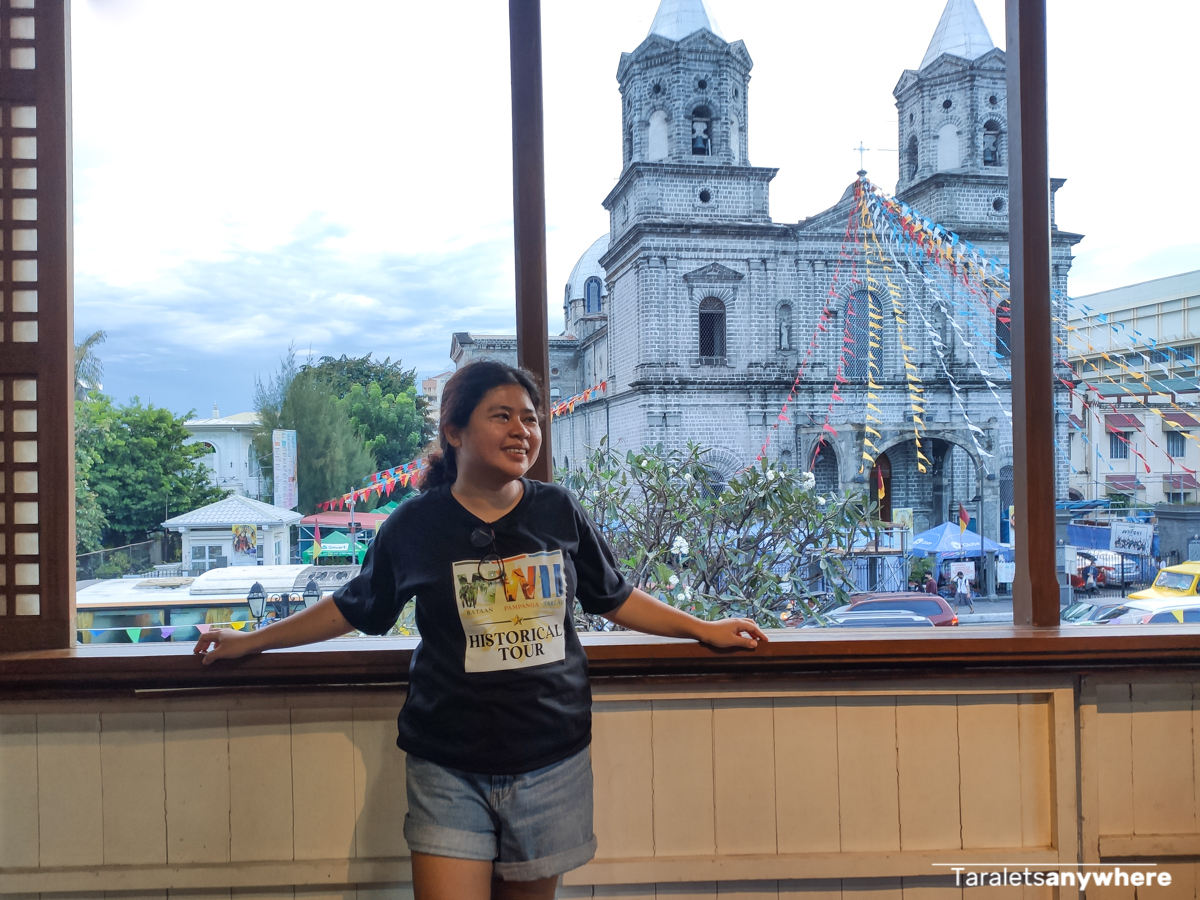
Bamban WW2 Museum
Bamban WW2 Museum is a private museum owned by Rhonie dela Cruz, whose grandfather and uncles fought in the battle at Bamban Hills, where Filipino and American soldiers delayed the advance of the Japanese troops to Bataan. Currently, this is one of the few research resources about WW2 left in the Philippines.
The museum houses numerous photographs and artefacts such as artillery, helmets, and even blood-stained uniforms. There is also a small shrine outside, built for the Japanese visitors who visit and pray for the departed.
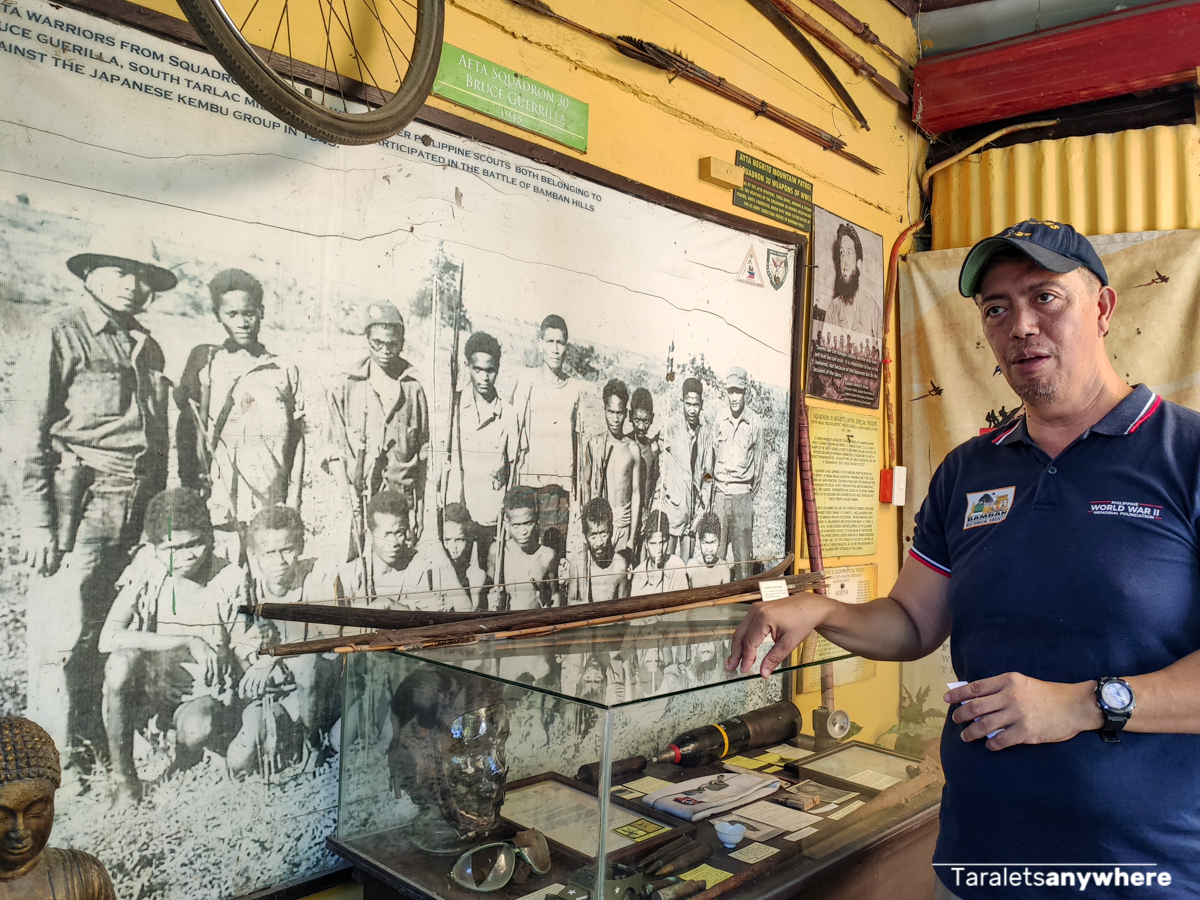
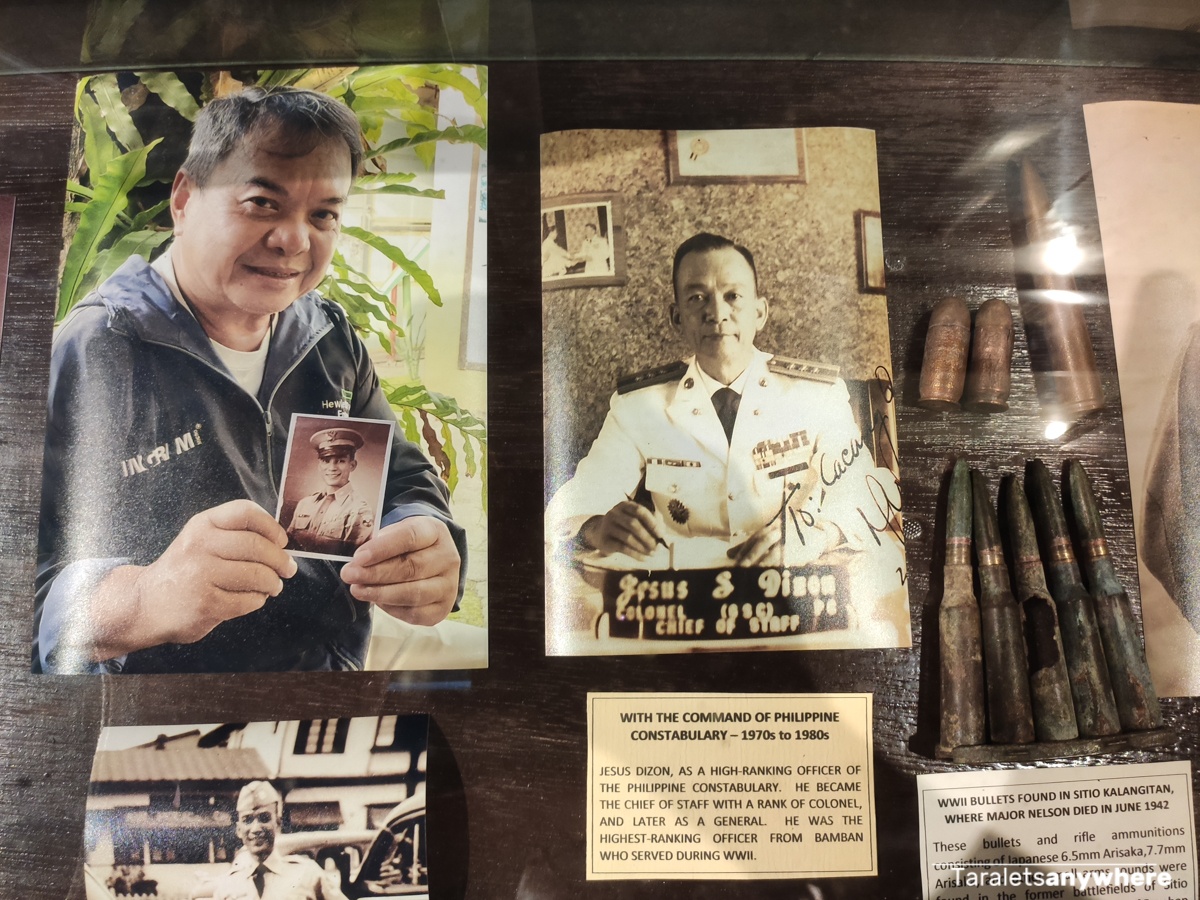
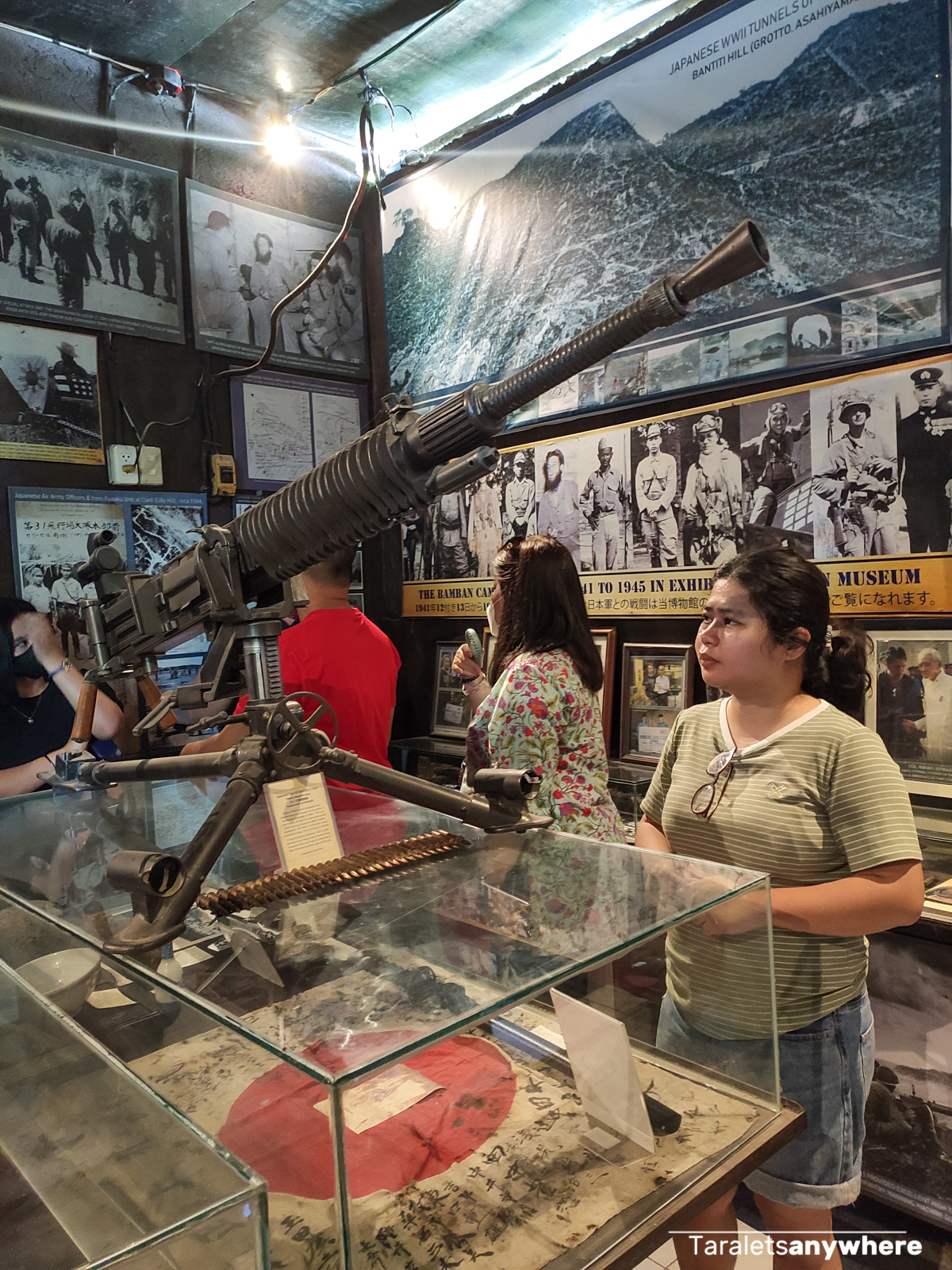
The Bamban WW2 Museum is one of the most interesting stops in our tour. Rhonie dela Cruz has a lot of personal stories including conversations with previous war veterans and their surviving relatives. We also learned about the war veterans in this province and the aetas who helped the Filipinos at that time.
Capas National Shrine
This 54-hectare memorial park is dedicated to the Filipino and American troops who died in Camp O’Donell towards the end of the Bataan Death March.
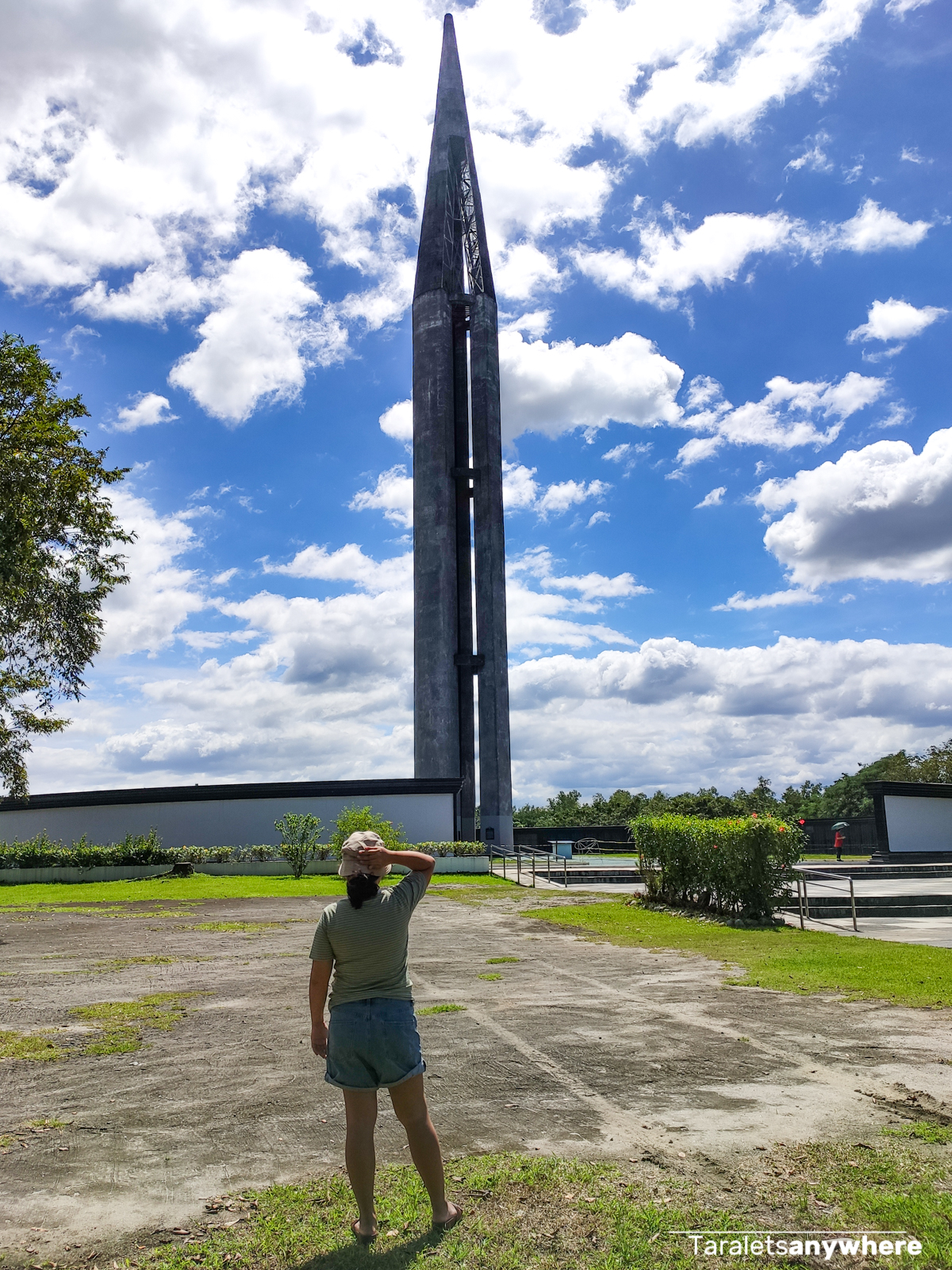
It features a 70-meter-tall obelisk with three needle-like features symbolizing peace and unity among the Filiipinos, Americans, and Japanese and three black marble walls engraved with the names of the 30,000 Filipino soldiers who have died.
A portion of the park is planted with trees representing the soldiers.
On the site is a museum and a small monument honoring the American soldiers, built by the Battling Bastards of Bataan. A few hundred meters away is the relics of an old train, similar to the San Fernando Train Station.
This was the last stop of our WW2 Historical Tour. After following the route of the death march, there is a sense of closure in ending our tour at this monument of peace. The Filipinos who fought to defend the country showed great courage and bravery and I’m glad that we have these sites to remember their sacrifices and to thank them for the freedom that we have today.
Where to stay
Here are the places we stayed at during the WW2 Historical Tour.
- Oriental Bataan. Located in Mariveles, Bataan, this hilltop hotel features a beautiful view of the coast and is close to a lot of tourist attractions in the area. Book here.
- El Vistra Hotel. Conveniently located in Angeles City, Pampanga, this hotel features cozy yet modern rooms, with a rooftop bar and pool. Book here.
Travel Tips
Here are tips when doing this WW2 Historical Tour route.
- Wear something light and comfortable, durable shoes for walking, and a sun hat to protect your skin during the tour. It’s also a good idea to bring a bottle of water with you.
- Other sites for historical tours you might be interested at include Corregidor Island.
Note: This WW2 Historical Tour was hosted by DOT Region 3 and organized by Ties That Travel Tours.

Katherine Cortes is a long-time backpacker and a freelance writer/editor. She likes beaches, snorkeling trips, and relaxing staycations (preferably with bath tubs!).



